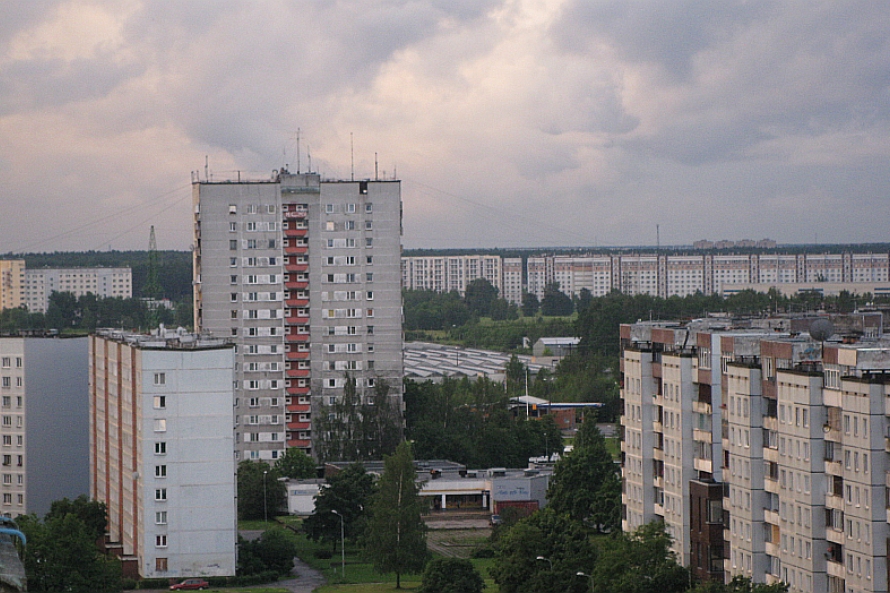One of the big and long-standing problems of Latvia is the volume of residential housing built in Soviet times. Co-ownership of these buildings means that there is never an agreement on repair works. Moreover, it is clear that without additional financial support, serious renovation of Soviet-era multi-apartment buildings will never happen. Although Latvia has one of the lowest cost levels of building maintenance in Europe, the Organization for Economic Cooperation and Development (OECD) has also recognized in its study that very many Latvian residents are literally stuck in their current housing because they are not wealthy enough to afford new housing, but not poor enough to qualify for social assistance to improve their living conditions.
Cheap housing
Latvia's advantage now in Europe is that we have relatively low costs associated with housing, if compared with other European Union (EU) Member States.
Figures compiled by Eurostat for 2019 show that Latvian residents spent an average of 15.7% of their income on their housing. The EU average is 17.1%. The largest share of income is spent on housing by the Greeks - an average of 39% -followed by Denmark and Germany.
The EU is also supposed to assume that housing costs become an excessive burden when they exceed 40% of personal income. In Latvia, only 5% of cities and 6% of rural residents face this situation. Meanwhile, the EU's average housing costs have become an excessive burden for 12% of urban and 7% of rural populations.
Also, debts or delayed payments for mortgage loans, rent or utilities in Latvia have declined since the previous financial crisis. In 2019, Latvia accounted for 9.9%, while the EU had an average of 8.2% of households. For example, in 2010, a quarter or 25% of Latvian households had debts or delayed payments for housing.
This is why, on the one hand, households in Latvia are spending relatively little money on housing. The reconstruction of multi-apartment buildings should therefore not be a major problem: let's spend a small part of our monthly income on reconstruction and our houses will get a whole different look, a much longer life, but apartments will have much higher value!
However, the OECD study published last year shows that the situation is not so simple.
The 'missing middle'
The OECD's conclusion is that there are relatively low costs of housing in Latvia, but many also live in poor quality housing with limited support for improving it. The OECD pointed out that the majority of the residential housing in Latvia was built during the Soviet occupation years and has not been well maintained over time. Similarly, a third of households live in overcrowded homes, which is much more than the average of OECD Member States.
The study also points to the fact that many households cannot move to better-quality housing because they cannot afford to get mortgage for that purpose. According to OECD data, 43%, or less than half of Latvian households, can afford to take loans for the purchase of a 50-square-meter apartment.
Moreover, an apartment of such an area, if there are at least two children in the family, does not even really allow the problem of overcrowding to be resolved. On the other hand, only 27% can afford to borrow funds for the purchase of a 75-square-meter apartment.
The OECD also points to the lack of support for low-income residents. Although the country has a housing guarantee program for families with children and for young specialists, the OECD considers that this aid is more targeted at people with average or even high incomes in Rīga and its vicinity.
The study's authors also pointed to a problem that has been called “the missing middle”. 44% of Latvian residents have too high income levels to qualify for social support to improve housing conditions, while their income is too low to afford a loan to purchase another home. In addition, only a small part of these people would be able to qualify for the guarantee programs already mentioned.
The small and poorly functioning Latvian rental housing market also offers no bright alternatives.
All this leads to the conclusion that this “missing middle”, which is also one of the main co-owners of Soviet-era multi-apartment houses after privatization, will not be able to pay for the reconstruction of houses without additional support.





























